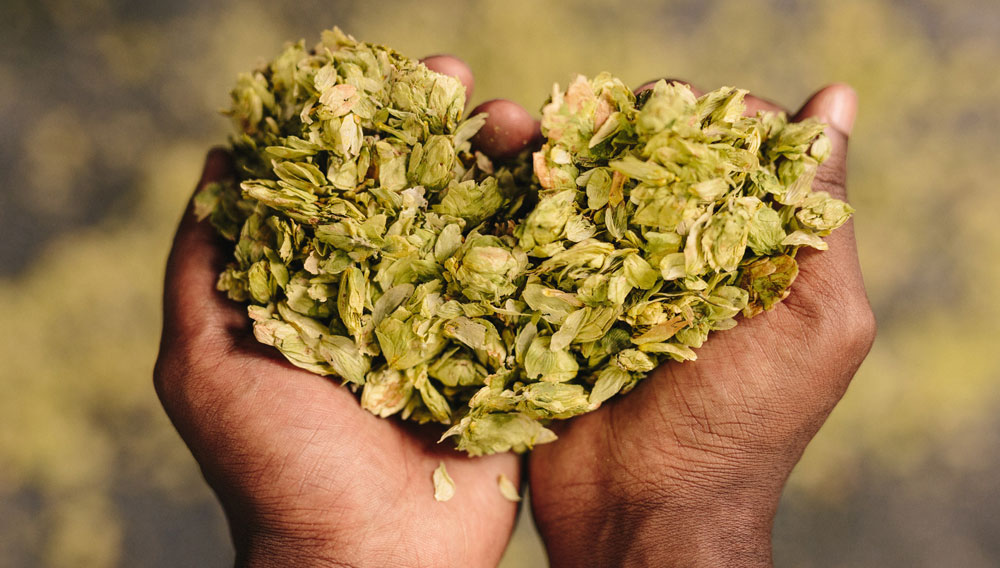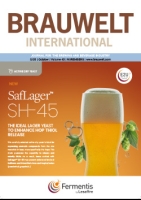Particle Analysis – A Combined Method to Analyze the Colloidal Characteristics of Particles
Particle analysis and its potential in describing the physico-chemical characteristics of particles in beer were investigated. It was the aim to figure out the feasibility for its application in brewing and beverage science. To describe existing problems in the beverage industry caused by insufficient physico-chemical stability of the beverages a rule of great generality according to the particle characteristics was also defined as follows: Beverages are liquids, in which colloids, also called particles, exist in disperged (e.g. beer) or emulsified (e.g. milk) form. One main particle characteristic is the surface. This can be seen in many interfacial phenomena, like the surface potential. Mathematically it was shown, that especially for small particles the ratio between surface and volume increases. Surfaces carry electric charges, which terminate or change the physico-chemical characteristics of the particles. By combining (1) the particle charge detection with polyelectrolyte titration for determining the surface charge, the surface potential and charge density of particles with (2) the particle size analysis by dynamic stray light to analyze the particle size and particle size distribution, the particles could be characterized.
The results, conducted with the help of a Forcier test, revealed that with the increased aging of beer the particle charge, measured by the titrated volume, as well as the surface potential decrease. Both dimensions are in a linear relation with a coefficient of determination of R2 = 0.9611. The results could not explain if the decrease has been caused by the reduction of particle surfaces due to agglomeration or by a significant loss of surface charges of the particles. However, using a particle size measurement, it was found out that small particles (sizes < 50 nm) disappeared and larger particles with sizes from 700 nm to 2000 nm occurred. So it could be demonstrated that the coarsening of particles was caused by agglomeration.
In addition to that, the mechanism of forming a 1:1 stoichiometrical charge complex was graphically displayed by the particle size measurement. The highest coefficients of determination (R2 = 0.9997) were found for the titrated volume and the concentration of beer in a dilution series by mixing beer and water, which shows the use of particle charge titration for quantitative determination. In contrast to that, it could be illustrated by nearly identical particle size distribution curves at different concentration levels that it is not possible to “quantify” the detected particles by using only particle size measurement. Therefore, the particle analysis was introduced as a combined method. Due to the statistically good results of this particle analysis, future experiments should involve impacts on the colloidal stability of filtration or flash pasteurization in the beverage industry to get more information in the area of physico-chemical stability of beverages. Besides further experiments, interlaboratory tests should be conducted additionally to utilize the presented particle analysis for the brewing and beverage industry.
BrewingScience - Monatsschrift für Brauwissenschaft, 63 (May/June 2010), pp. 62-71
Keywords
beverages charge titration method particle size measurement
Source
BrewingScience – Monatsschrift für Brauwissenschaft



